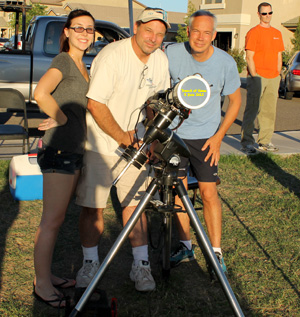



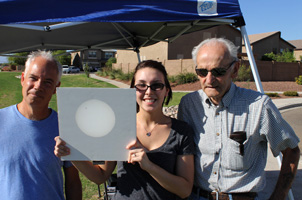 Martin, Carissa and my Dad |
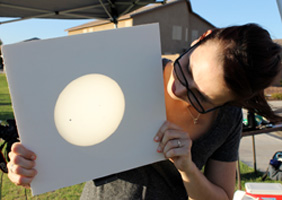 Carissa checking it out |
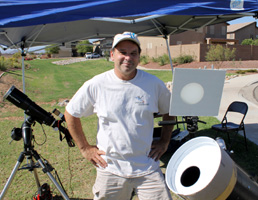 Moe and the transit |
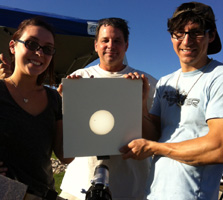 Carissa, Moe, Brandon checking it out |
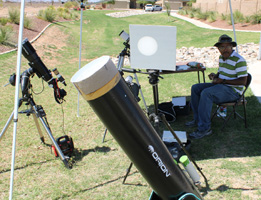 Jonathan taking a break |
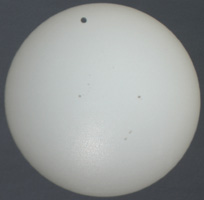 Eyepeice Projection |
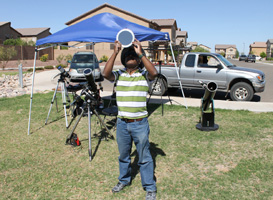 Jonathan viewing naked eye |
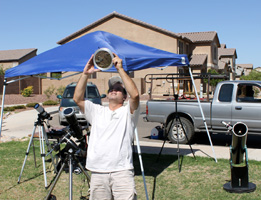 Moe seeing Venus transit naked eye |
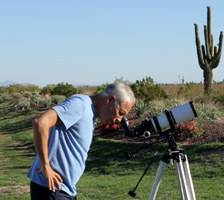 Martin viewing through the 80ST |
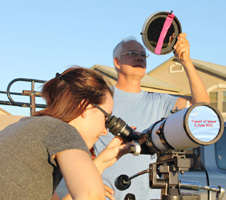 Carissa and Martin viewing the transit |
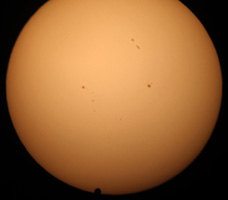 Afocal photo through the eyepiece |